Local elections are often dismissed as insignificant, but there is no doubt they can provide a useful indication of what is happening in national politics.
Thursday’s contest in England, with about a third of councils up for election, provides a useful example.
It is, after all, the first major electoral test of Sir Keir Starmer’s government after the Labour Party’s triumph at the General Election last July.
Even the most optimistic Labour supporter would be forced to admit it has not been straightforward since.
But Thursday’s ballot – which includes the Runcorn and Helsby by-election – will be a key test of just how unpopular the Labour Party has become.
Had it taken place in the aftermath of Rachel Reeves’ October budget, the result might have been a disaster, but party strategists will hope Starmer’s more recent statesman-like work on the world stage will prompt a semi-revival.
Given Scottish Labour’s fortunes have declined in tandem with its UK counterpart, a better than expected showing on Thursday could therefore give succour to Anas Sarwar, who has witnessed his chances of becoming first minister next May diminish in recent months.
Similarly, it would give a much-needed boost to Starmer and Reeves, which can only benefit the party in Scotland.
A bad showing, however, would have very much the opposite impact, heaping additional pressure on the government and, in a more roundabout way, Sarwar.
‘Stark’ result in Glenrothes
Certainly, momentum is a key factor in politics and, with only a year to go to the Scottish Parliament election, a battering on Thursday would leave Labour in very short supply.
But the local elections are also a key moment for Reform UK and the Conservative Party.
Nigel Farage is keen to present his party as an alternative to – and replacement for – Kemi Badenoch’s Tories and is currently leading them in the opinion polls.
A strong showing for Farage would undoubtedly put Badenoch under pressure, and fuel speculation that Reform UK really can break the two-party mould of British politics.
As polling guru Sir John Curtice has suggested, Thursday’s result could represent “the biggest challenge to the political conventions of British politics since the 1920s”.
Such a moment would obviously have a UK-wide significance, but it would have direct implications in Scotland too.
Certainly, Scotland is far from removed from the advance of Reform UK, as another local election – the recent council by-election in Glenrothes – showed.
The headline announcement here was an SNP victory in a seat the Labour Party won by a landslide in July.
In fact, John Swinney’s party outpolled Scottish Labour by more than two to one – a remarkable turnaround from the general election, where Richard Baker won the seat with a majority of nearly 3,000.
But the result also showed the growth of Reform UK, who picked up close to 18 per cent of the vote, almost double the 9.8 per cent they received last July.
As bellwethers go, this is stark.
And a clear victory at local elections in England on Thursday would only reinforce the view that the party can make gains in Scotland too.
‘Support without setting foot in places like Glenrothes’
Indeed, it would hand Reform UK crucial momentum ahead of the Hamilton, Larkhall and Stonehouse Scottish Parliament by-election in June.
Without getting ahead of ourselves, a strong showing there would leave Reform UK poised to win multiple seats at the Holyrood election in May next year and, potentially, be a kingmaker in the event of a fractured parliament.
The wildcard here is Farage himself.
The leader of Reform UK is undoubtedly a controversial figure, but also one who is popular, at least with certain segments of the population, particularly in rural England.
Indeed, his friendship with maverick US President Donald Trump, as well as his dubious views on the Russian invasion of Ukraine, seem to have done little to diminish his support.
And yet the former UKIP leader has never managed to gain such popularity in Scotland.
Farage was, of course, famously harassed by a braying mob when he visited Edinburgh in 2013 and mostly steered clear of public events here since.
Certainly, it is notable that Reform UK’s rise in Scotland has taken place without him even setting foot in the country or campaigning in places such as Glenrothes where he clearly has support.
That is about to change, with Farage likely to make at least one visit to Scotland shortly, probably to campaign in Hamilton, Larkhall and Stonehouse and also visit the party’s councillors in the northeast, where support for Reform UK has proved particularly strong.
Whether these visits – and the spectre of Farage haunting Scotland – will boost or hinder Reform UK’s rise is anyone’s guess.
But that all lies in the future.
For now, far from being insignificant, these local elections could actually represent a crucial pivot point in British politics.
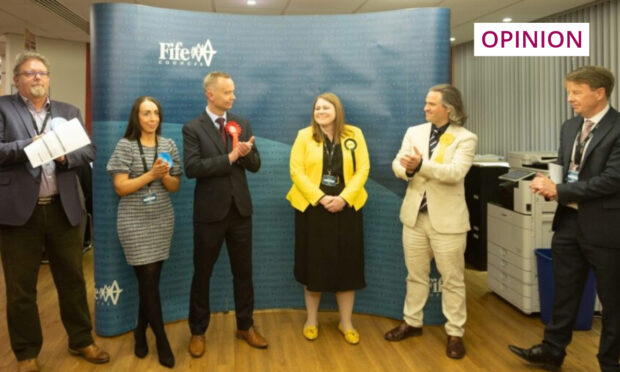
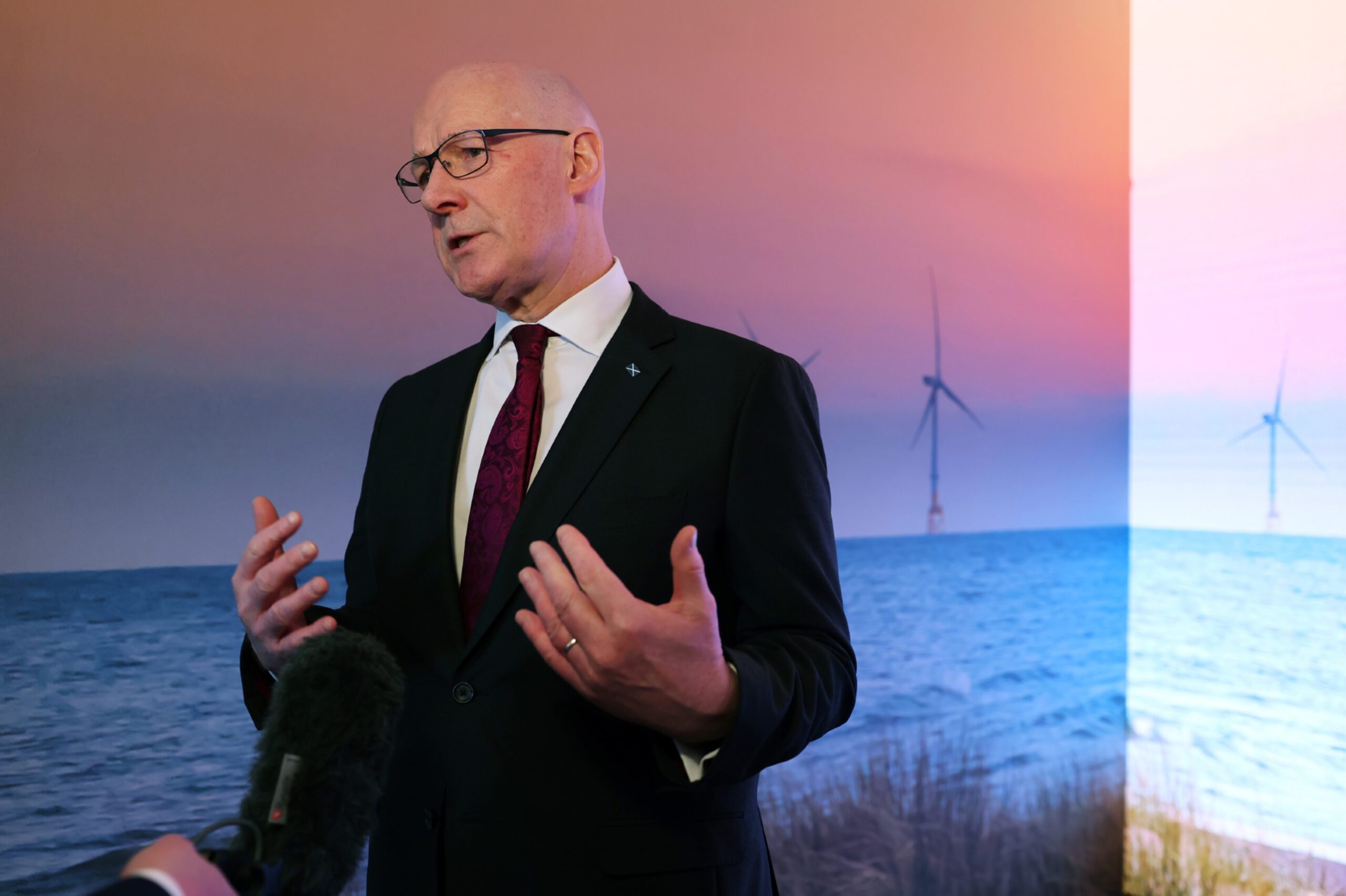
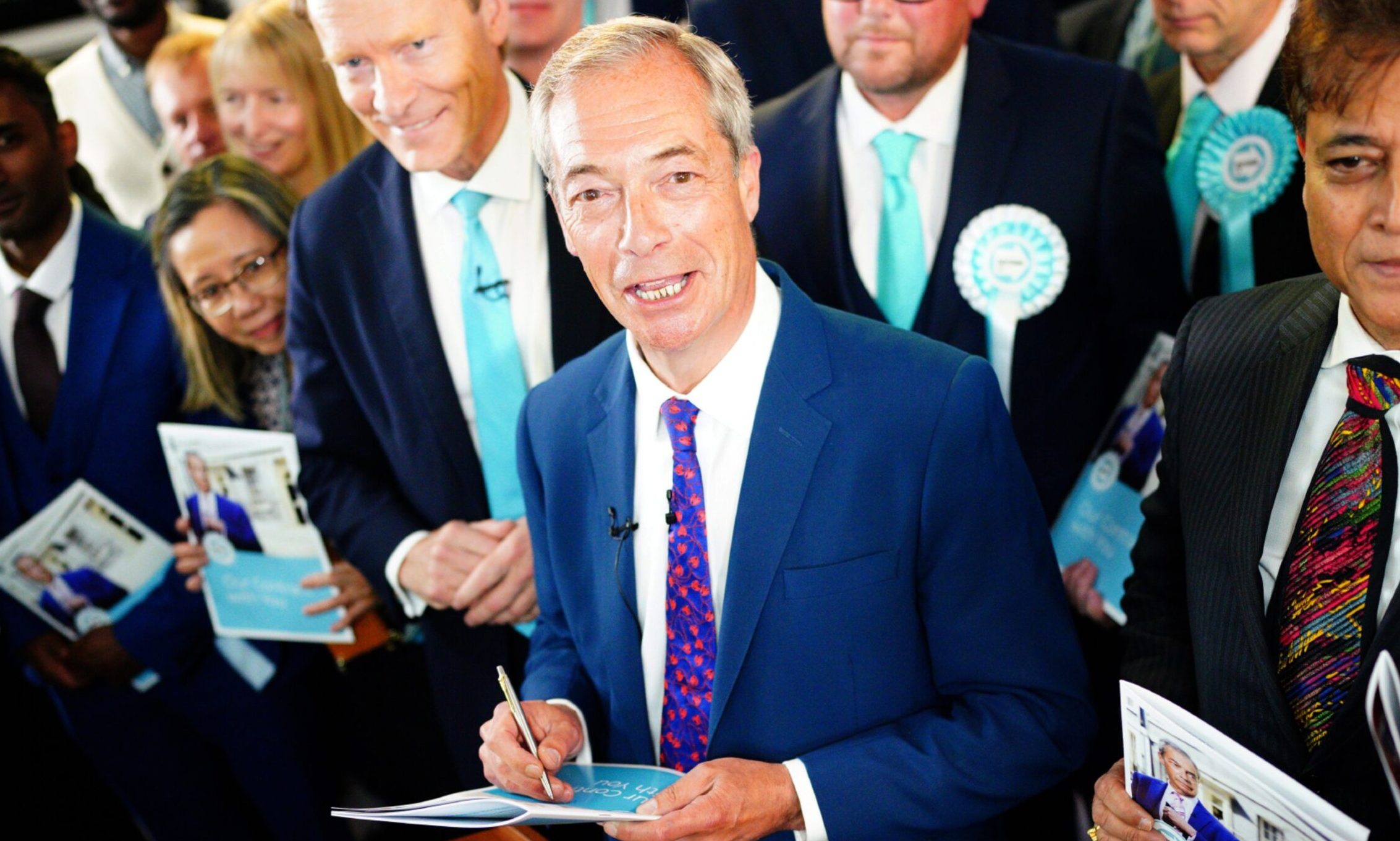
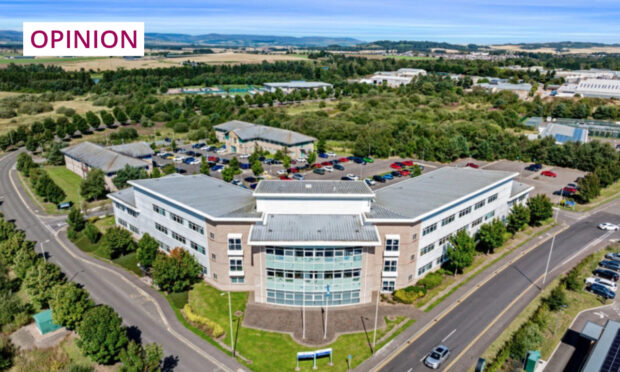
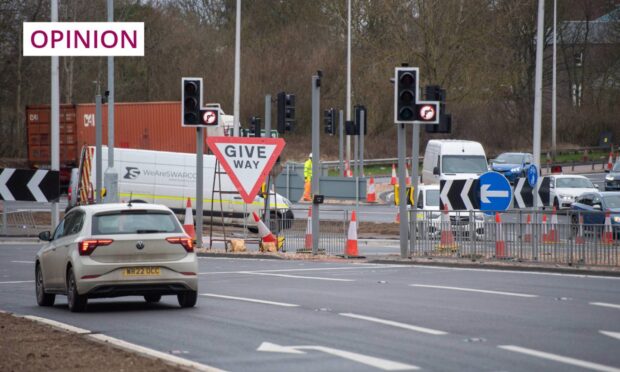
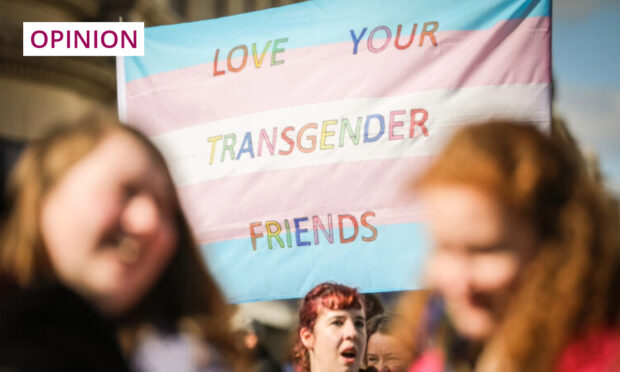
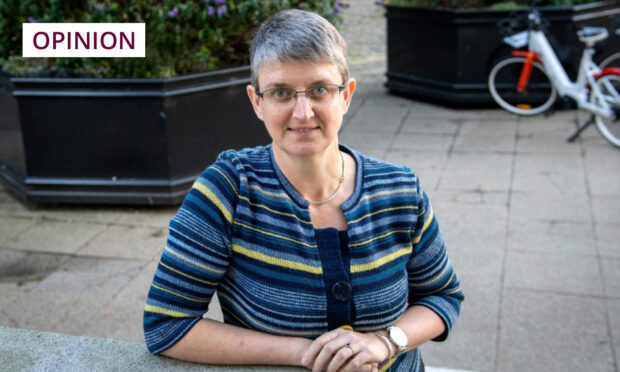
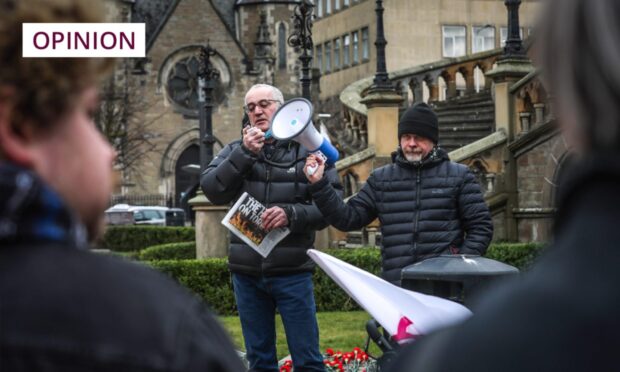
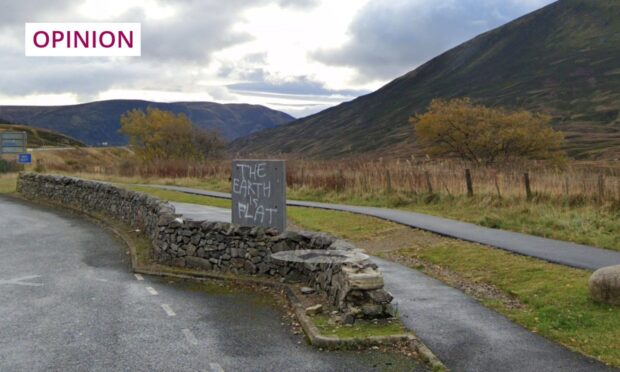

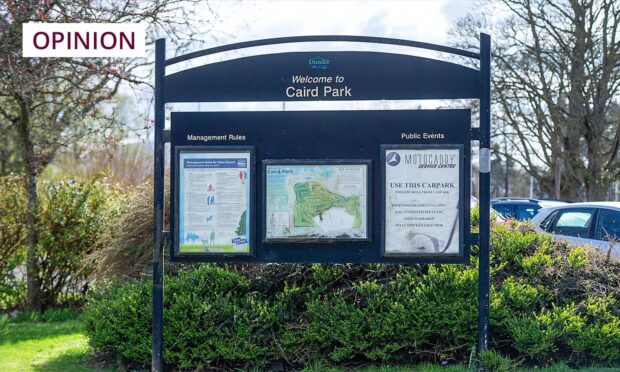
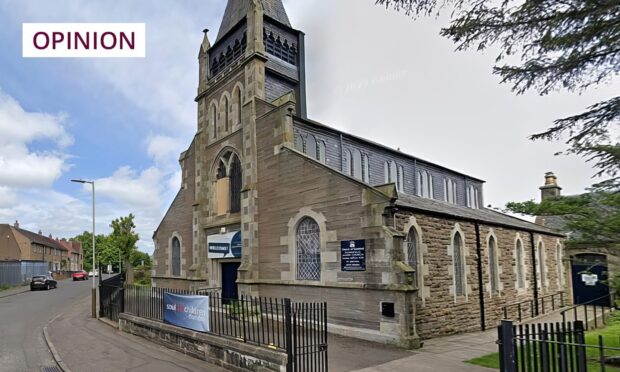
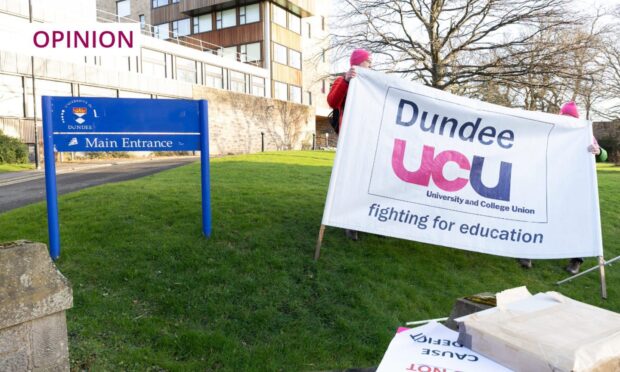
Conversation